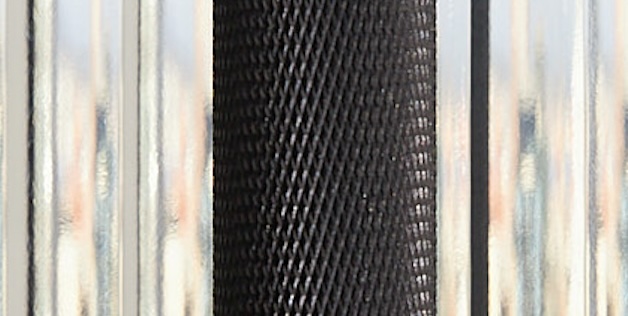Design for Wellness
We talk a lot about thoughtful design. A whole lot. There is much more to design than meets the eye, and especially when designing for healing, peace and recovery.In these last few days of Movember, and on the cusp of holiday warmth, our thoughts turn to those who benefit most from an environment built to facilitate wellness, and the care homes and care facilities that make a difference through thoughtful design. A couple in particular caught our attention:
Dyson Centre for Neonatal Care
Located in Bath, England and built in 2011, the Dyson Centre for Neonatal Care was intended to replaced the old neonatal wing at the Royal United Hospital. Aesthetically, the Dyson Centre takes on therapeutic qualities. Natural wood and neutral soothing tones, as well as skylights to bring in natural light create a relaxing environment.[caption id="attachment_2328" align="aligncenter" width="300"]

The centre was designed in a horseshoe shape to facilitate the progression a newborn would take from intensive care to neonatal rooms. In this way, the entire centre wraps around its patients, much like a hug. The concept is known as 'secure base', a concept taken from attachment theory.

The Dyson Centre is also quiet. It reduces harsh, distracting noises by eight decibels compared to the old neonatal wing. This has an immediate effect on newborns' early development, as it allows them much needed sleep. The Dyson Centre was designed to also be mindful of its staff, who report increased productivity, as well as a measurable increase in the quality of care they provide.
Maggie's Centres
Spread throughout Great Britain, with one location in Hong Kong, Maggie's Centres are care facilities that help those affected by cancer. While they don't replace conventional cancer treatment facilities, the Centres were created as places where people dealing with cancer could go to for guidance and support.

The idea was created by Maggie Kenswick Jencks, who died from cancer in 1995. She envisioned a facility that would be a more human and connected place to help patients and their families. Today, there exist 17 Maggie's Centres, with more in development. Architects such as Zaha Hadid and Frank Gehry have designed centres based on a blueprint created by Maggie. These designs allow the buildings to facilitate conversation and create a soothing environment.

Charles Jencks, Maggie's husband and an architect himself wrote about each centre: "...it's a bit more than a house, but it's not a house, and it's into art, but it's not an art gallery, and it's kind of spiritual, but it's not a church, and it's like a hospital, but it's not medical."To learn more about Maggie's Centres, please visit their website.An increasingly popular principle in healthcare design is that a care facility, in addition to its staff, should help a patient's prognosis. This includes the psychological benefits from natural and adjustable lighting, facility circulation and colour. A building should be designed in such a way that it promotes health and recovery.
Where is your retreat?
Evaluate the space around your favourite retreat - whether at home or elsewhere - and consider how well it’s been designed for artful, peaceful healing,
... and be proud of that now fully grown ‘stache !














